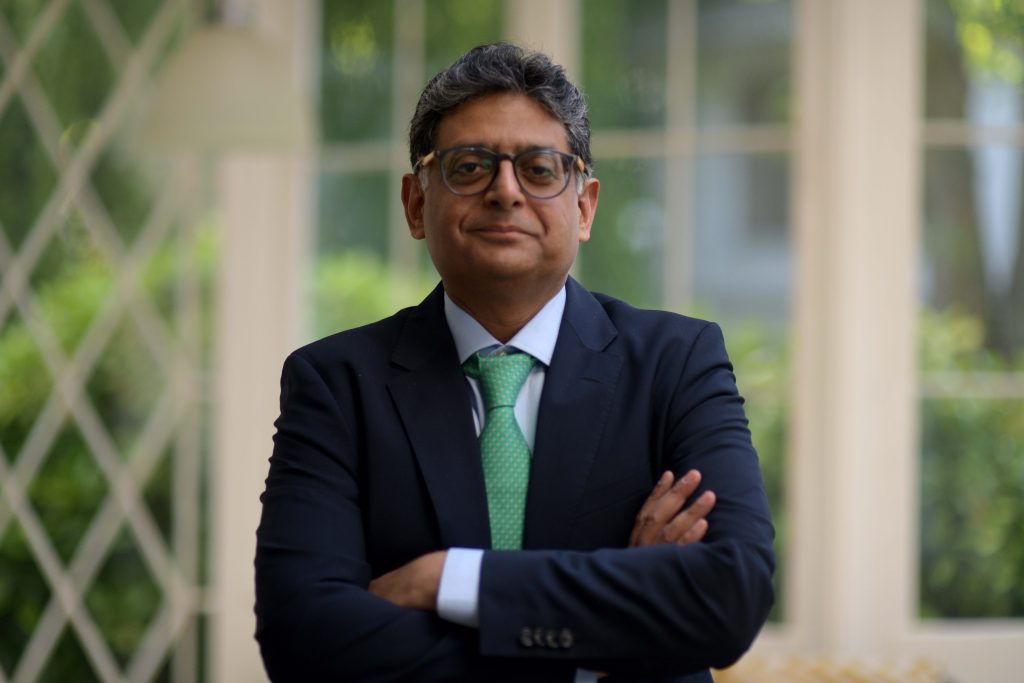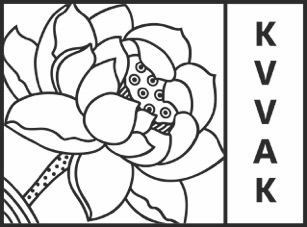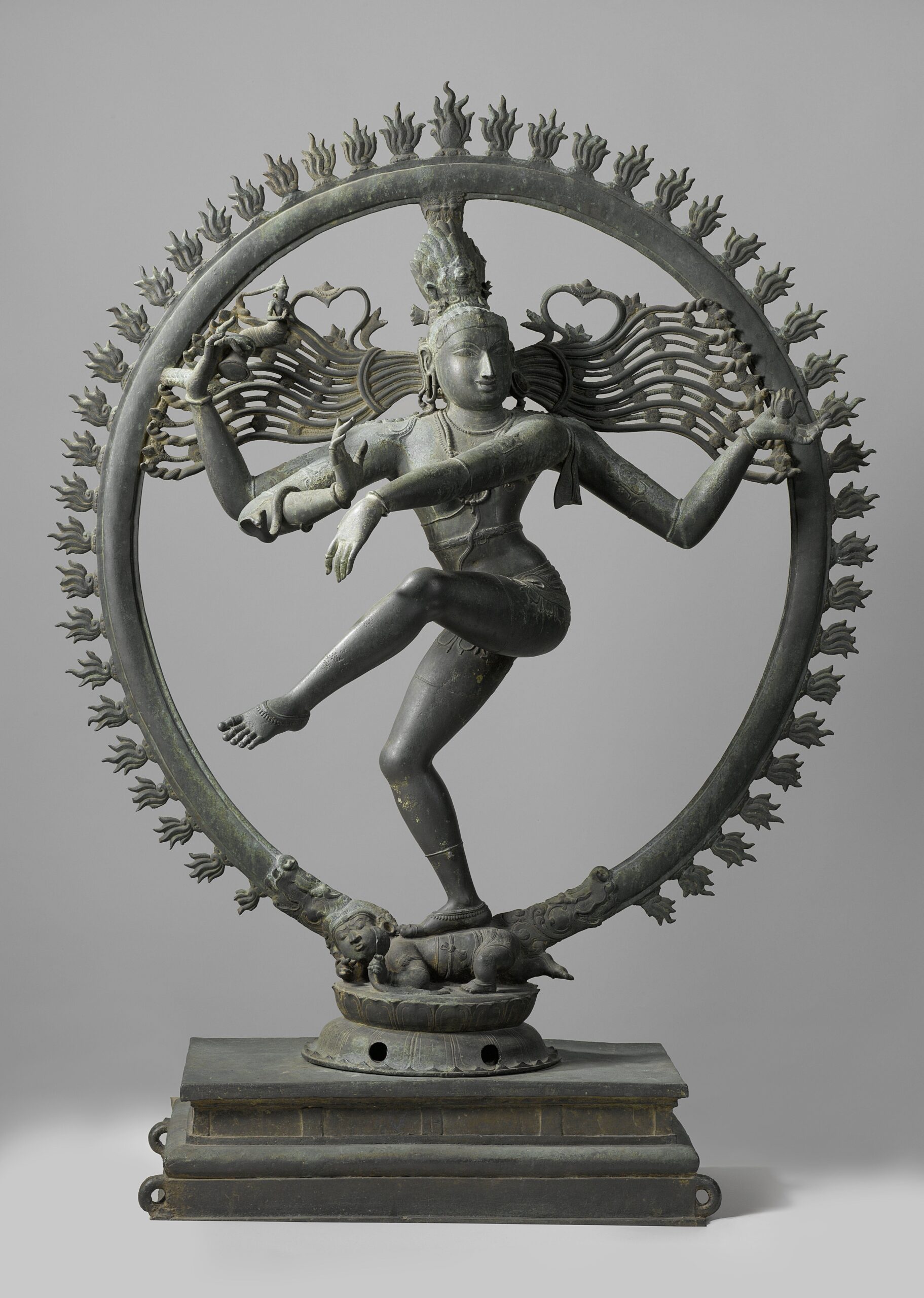
Seminar Asian Bronze
The KVVAK cordially invites its members on 28 September to the Asian Bronze seminar at the Rijksmuseum Auditorium on the occasion of the ‘Asian Bronze’ exhibition.
Three lectures will be delivered by two curators and H.E. Mr. Suljuk Mustansar Tarar, Ambassador of Pakistan to the Netherlands.
William Southworth (curator Southeast Asian art, Rijksmuseum) will speak about the special pieces in the exhibition that have never before been exhibited in the Netherlands in his presentation ‘Masterpieces of Asian Bronze on loan to the Rijksmuseum‘. Liu Ruiliang (curator Early China, British Museum) will talk about the Bronze Age in China and how it underlies the large-scale productions of bronzes in his presentation titled: ‘Large-scale production of Bronze Age China: resource and recycling.‘ H.E. Mr. Suljuk Munstansar Tarar will give a lecture titled: Pakistani Contemporary Art – Building on the past heritage.
Large-scale production of Bronze Age China: resource and recycling.
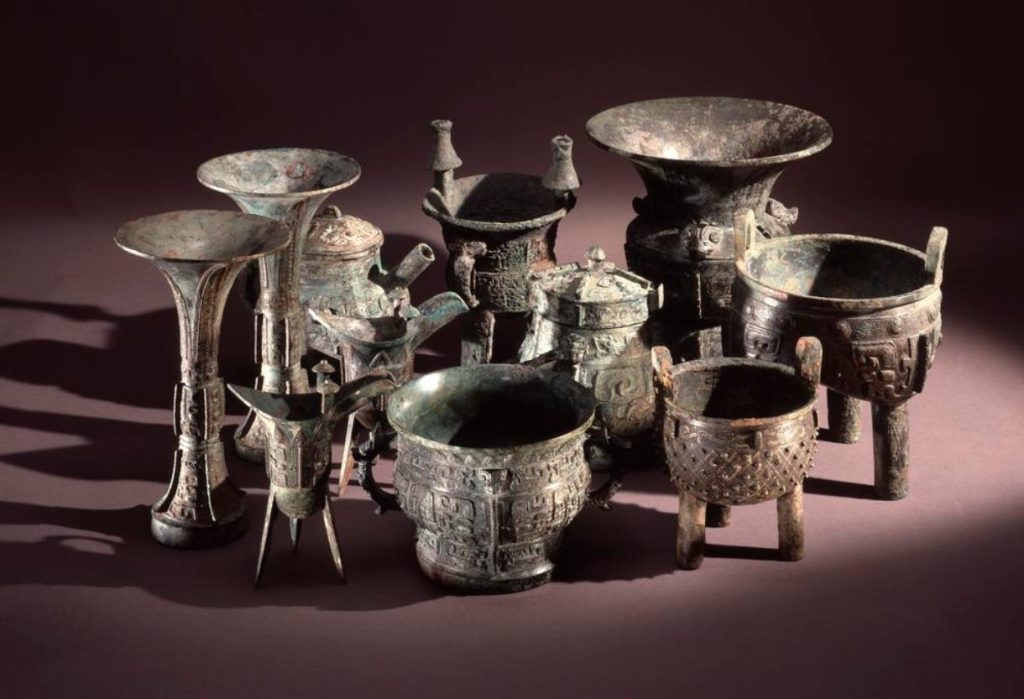
© The Trustees of the British Museum
Present-day China is well-known for large-scale production that is underpinned by not only technological development but more importantly organization of labour and resources. This paper argues that Bronze Age China during the second and first millennium BCE provides an excellent case study to understand the origin of China’s large-scale production. Being rather different from other parts of Bronze Age Eurasia, China devoted its major social energy into the large quantity of the unique bronze ritual vessels and well-integrated the long-term Neolithic tradition of agriculture and pottery making. together with the rising of new Bronze Age regime, leading to new technologies such as leaded bronze alloying and piece-mould casting. Metal recycling is associated with both economic concerns and social hierarchy. Furthermore, the ever-increasing population and networking enabled tremendous amounts of metal resources to be mobilized between the Yellow and Yangtze Rivers. Flow of metal could even reach to the pastoralist world in the far north, which had fundamentally reshaped the interaction between the steppe society and the agriculture one.
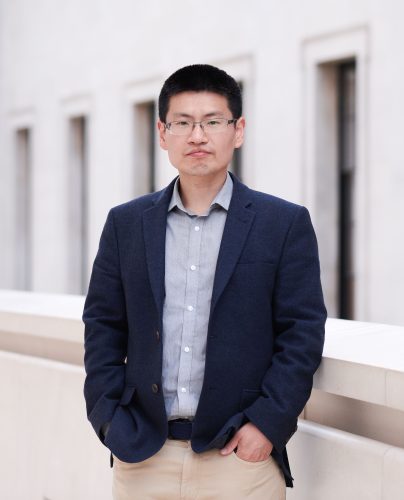
Ruiliang Liu (Ray) is the curator of early China at the British Museum. His expertise is focused on archaeometallurgy, radiocarbon dating and the Chinese Bronze Age. He is particularly interested in combining scientific techniques and archaeological context to model the interaction between natural resources and human societies, as well as interregional social communication. Before joining the British Museum, he was a junior research fellow at Wolfson College and a postdoctoral researcher in the School of Archaeology, University of Oxford. He also did his PhD at the University of Oxford.
Masterpieces of Asian Bronze on loan to the Rijksmuseum

The presentation by Dr. William Southworth will look in detail at some of the bronze masterpieces sent on loan from museums worldwide for display in the Asian Bronze exhibition at the Rijksmuseum. In particular, the talk will focus on the exceptional loans from Asia itself, including objects of the Indus Valley culture from India and Pakistan, the famous Buddha from Grahi (modern Chaiya) in Thailand, the great bronze bell found at Kalasan in Central Java, and two ‘magic’ mirrors commissioned from the artist Yamamoto Akihisa in Kyoto, Japan.

Pakistani Contemporary Art - Building on the past heritage.
Ambassador Suljuk Mustansar Tarar is Ambassador of Pakistan to the Netherlands and Permanent Representative to OPCW since July 2021. He is the elected Chairperson for the 28th Conference of States Parties (CSP) to the Chemical Weapons Convention in the Hague for 2023-24.
Ambassador Tarar did his bachelors in Architecture with honors from National College of Arts, Lahore. He did Masters in International Affairs from Columbia University’s School of International and Public Affairs, New York and gained varied experiences by working with the Ministry of Foreign Affairs, Prime Minister’s Office, at Pakistan’s diplomatic missions in Jeddah and New York, and United Nations Population Fund (UNFPA), New York, and in the Cabinet of the President of 71st Session of United Nations General Assembly
His book “All that Art” was published in 2021 by Sangemeel Publications Pakistan. During his stay in the Netherlands he organized PAKART in 2022-2023 – an art exhibition showing works of almost a dozen artists from different Pakistani generations and Scattered Yet Together in 2024 first solo exhibition of Pakistan’s leading visual artist Imran Qureshi at Pulchri Studio Den Haag. He also speaks regularly at different academic institutions on the politics of UN and on Pakistani art and architecture. Suljuk is has been working on writing about the revival of contemporary miniature in Pakistan and the role of NCA’s Miniature Department – the subject of his next book.
